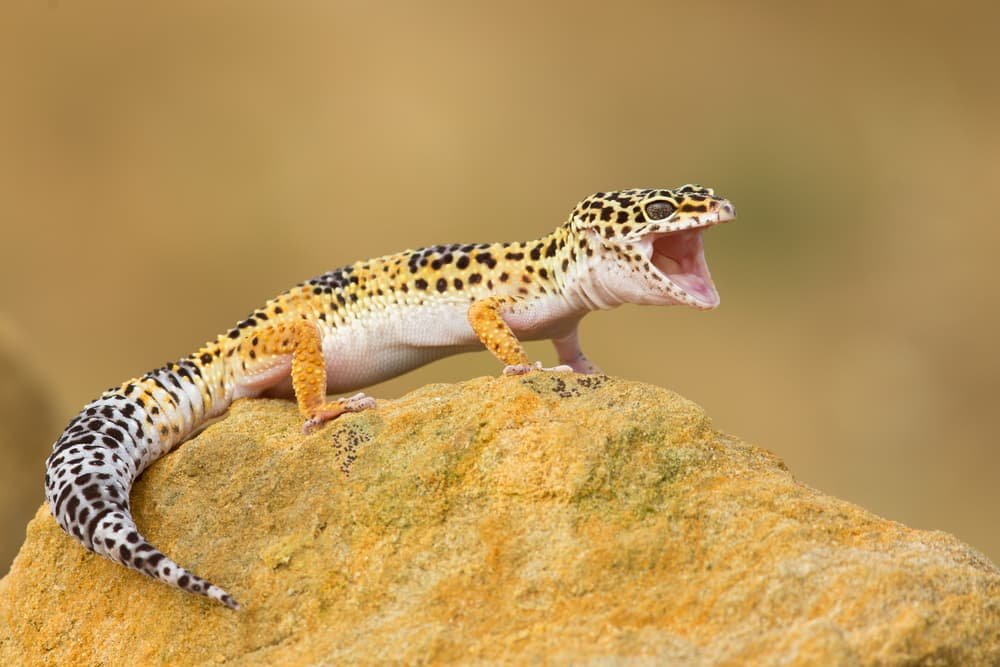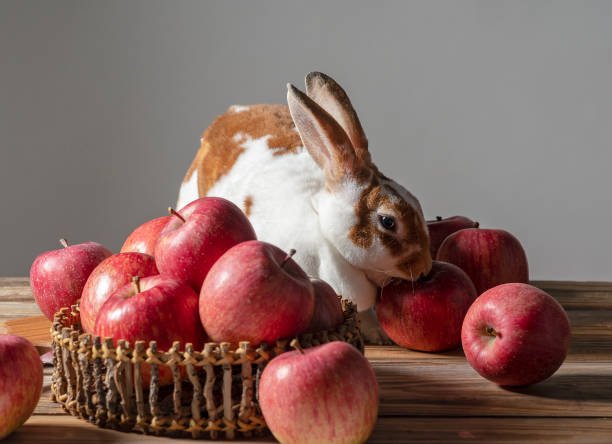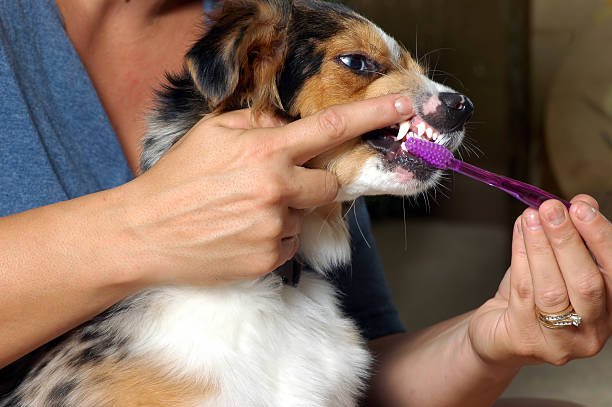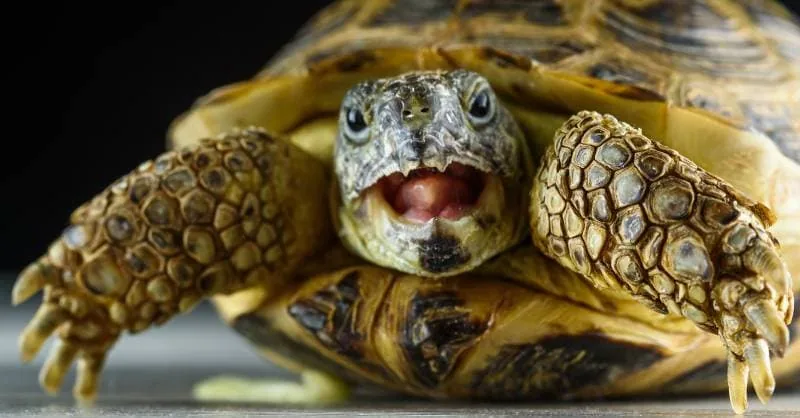Table of Contents
ToggleIntroduction
Leopard geckos are among the most popular pet reptiles. They are loved for their unique appearance and easy-going nature. Many pet owners wonder, “How long do leopard geckos live?” The answer depends on several factors, including care, diet, and habitat conditions. In this article, we will explore the lifespan of leopard geckos and provide a complete care guide to help them live a long and healthy life.
Average Lifespan of a Leopard Gecko
Leopard geckos have an impressive lifespan compared to many other reptiles. In captivity, they typically live between 15 to 20 years. Some even reach 25 years with proper care. In the wild, their lifespan is shorter, around 6 to 10 years. Predators, environmental conditions, and food scarcity affect their survival. A well-maintained habitat and proper nutrition can significantly extend their lifespan.
Leopard geckos are hardy creatures, but their lifespan depends on genetics and care. If they receive regular veterinary checkups, a proper diet, and a stress-free environment, they can live much longer. Choosing a healthy gecko from a reputable breeder is the first step in ensuring a long life. Healthy geckos have clear eyes, smooth skin, and an active demeanor. With the right care, they can be lifelong companions.
Factors Affecting Leopard Gecko Lifespan
Several factors influence the lifespan of a leopard gecko. Proper care plays a crucial role. A poor diet, improper habitat setup, and neglect can shorten their lifespan. Temperature and humidity levels in their enclosure should be monitored carefully. A well-balanced diet consisting of live insects, calcium, and vitamins ensures they remain healthy.
Genetics also play a role in their lifespan. Some geckos may have hereditary conditions that affect longevity. Stress is another major factor. A stressed gecko may stop eating and become weak. Providing a stable, quiet environment helps reduce stress. Proper hygiene in their enclosure prevents diseases and infections. Regular cleaning and fresh water supply are essential for their health.
Proper Housing for a Long Life
The right habitat is essential for a leopard gecko’s longevity. A well-maintained enclosure replicates their natural environment. A 20-gallon tank is ideal for one adult gecko. The tank should have a secure lid to prevent escapes. Proper ventilation is necessary to maintain air quality.
A temperature gradient is important. The warm side should be between 88-92°F, while the cool side should be around 75-80°F. A heat mat or under-tank heater works best for maintaining temperatures. Avoid using heat lamps, as they can dry out the enclosure. Humidity should stay between 30-40%. Too much moisture can lead to respiratory infections. Using a hygrometer helps in monitoring humidity levels.
Substrate and Decor Considerations
Choosing the right substrate is important. Loose substrates like sand can cause impaction, which is fatal. Paper towels, reptile carpet, or tile are safer choices. The enclosure should have hides on both the warm and cool sides. A moist hide is necessary for shedding.
Leopard geckos love exploring their habitat. Adding rocks, branches, and artificial plants makes their enclosure stimulating. Always ensure decorations are stable to prevent accidents. A shallow water dish should be available at all times. Clean water helps in hydration and digestion. Regularly change the water to prevent bacterial buildup.
Feeding and Nutrition for Longevity
A balanced diet is key to a long life. Leopard geckos are insectivores, meaning they eat live insects. Crickets, mealworms, and dubia roaches are excellent food choices. Variety in their diet prevents nutritional deficiencies. Insects should be gut-loaded before feeding to ensure they provide the necessary nutrients.
Calcium and vitamin supplements are necessary for bone health. Dusting insects with calcium powder twice a week helps prevent metabolic bone disease. A vitamin supplement should be provided once a week. Avoid feeding wild-caught insects as they may carry parasites. Fresh, clean water should always be available.
Shedding and Skin Health
Shedding is a natural process for leopard geckos. Young geckos shed more frequently than adults. A moist hide helps make shedding easier. If old skin remains stuck, it can cause health issues. Soaking their feet in warm water helps remove stuck skin.
Proper hydration and diet also play a role in healthy shedding. If a gecko struggles with shedding frequently, check humidity levels. Never pull off shedding skin forcefully. This can cause injuries. Instead, allow the gecko to shed naturally. Keeping their enclosure clean prevents infections related to improper shedding.
Common Health Issues and Prevention
Leopard geckos are generally healthy, but they can develop illnesses. Metabolic bone disease (MBD) is a common issue caused by calcium deficiency. Symptoms include weak bones and deformities. Providing calcium and vitamin D3 supplements helps prevent MBD. Respiratory infections can occur due to high humidity. Signs include wheezing and mucus around the mouth.
Impaction is another health concern. It happens when geckos ingest indigestible materials like sand. Affected geckos may have difficulty passing waste. Avoid loose substrates to prevent this. Parasites can also affect geckos. Weight loss and loss of appetite are common signs. Regular vet checkups help in early detection and treatment of illnesses.
Handling and Socialization
Leopard geckos are docile but need time to trust their owners. Handling should be done gently. Let them walk on your hand instead of grabbing them. Sudden movements can scare them. Building trust takes time. Handling them for a few minutes daily helps them get used to human interaction.
Avoid handling during shedding, as they may feel uncomfortable. Wash your hands before and after handling to prevent disease transmission. Never grab them by the tail. Leopard geckos can drop their tails as a defense mechanism. While the tail regenerates, it never looks the same. Stress-free handling helps in keeping them comfortable.
Breeding and Its Impact on Lifespan
Breeding leopard geckos requires careful planning. Female geckos experience stress during egg-laying. Overbreeding can reduce their lifespan. A female should only be bred a few times per year to stay healthy. Proper nutrition is essential for breeding females.
Egg-laying geckos need extra calcium to prevent deficiencies. A lay box with moist substrate helps in egg-laying. After laying eggs, females need time to recover. Breeding should only be done by experienced keepers. Improper breeding conditions can cause health problems in both the mother and offspring.
Conclusion
Leopard geckos are long-lived pets when provided with proper care. In captivity, they can live up to 20 years or more. A well-maintained habitat, a balanced diet, and regular vet checkups contribute to a healthy life. Reducing stress and handling them gently also plays a role in their longevity. By following this care guide, you can ensure your leopard gecko lives a happy and fulfilling life.





